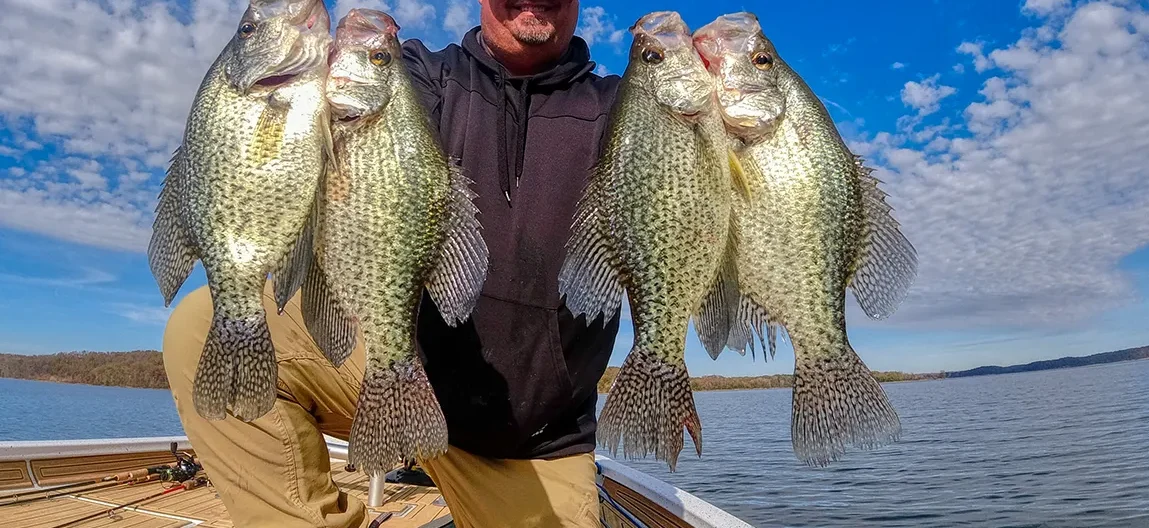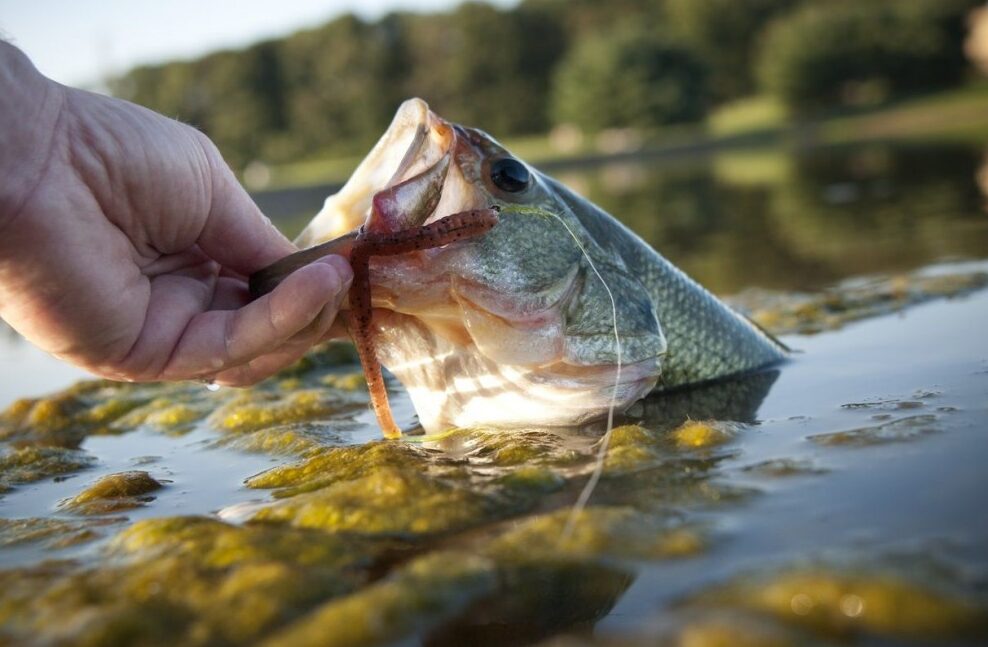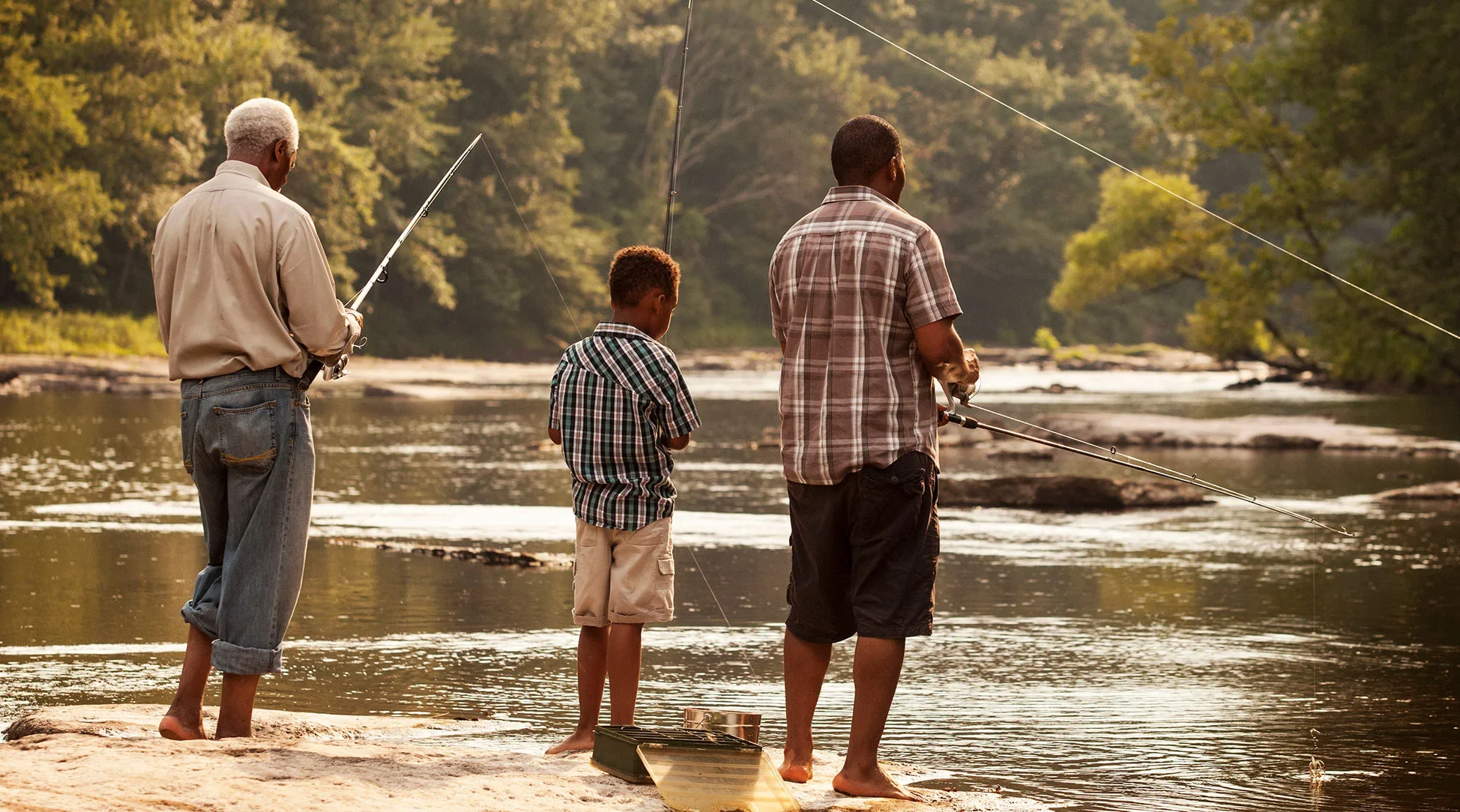To successfully catch crappie, it is important to understand their behavior and habitat. Crappie behavior changes throughout the year, and it is essential to know these seasonal changes to increase your chances of catching them. During winter, crappie tend to move to deeper waters, while in spring, they move towards the shore for spawning. In summer, crappie can be found in deeper waters around submerged trees, bridge piers, and brush piles. In fall, they move back to deeper waters, similar to their winter behavior. Understanding these seasonal changes in behavior can help you locate crappie more effectively and increase your chances of catching them.
Crappie prefer to live in areas with structure and cover, such as submerged trees, brush piles, and bridge piers. These structures provide them with shelter and a place to hunt for food. When fishing for crappie, it is important to focus on these areas and use jigs and minnows as bait. Trolling can also be an effective technique to locate schools of crappie around structure and drop-offs. Understanding the preferred habitat of crappie can help you find them more easily and increase your chances of a successful catch.
Crappie feeding habits can also impact your ability to catch them. They primarily feed on small fish and insects, and their feeding patterns can change depending on the time of day and water temperature. When fishing for crappie, it is important to pay attention to these factors and adjust your bait and technique accordingly. For example, in the early morning or late afternoon, crappie tend to feed more actively, making it an ideal time to fish for them. Understanding crappie feeding habits can help you choose the right bait and technique to increase your chances of a successful catch.
Techniques for locating crappie in lakes and rivers
One of the most effective ways to locate crappie in lakes and rivers is by using depth finders and fish finders. Trolling with these tools can help anglers identify underwater structures, sharp ledges, drop-offs, and schools of fish. Finding the right depth is also crucial when fishing for crappie. Starting at a low depth and gradually increasing the bait’s depth until fish are caught can be a successful strategy. By using these tools and techniques, anglers can significantly increase their chances of finding crappie in lakes and rivers.

Identifying underwater structures and cover is another effective way to locate crappie. In lakes, crappie tend to congregate around submerged trees, brush piles, and other structures. In rivers, crappie can be found near bridges, docks, and other man-made structures. By identifying these areas, anglers can increase their chances of catching crappie. Additionally, working the creek channel and shallow banks with jigs or minnows can be an effective technique for catching crappie.
Paying attention to water temperature and currents can also be helpful when locating crappie. In the spring, crappie tend to spawn in shallow water with temperatures between 62-68 degrees Fahrenheit. During the summer, crappie may move to deeper, cooler water to avoid warmer surface temperatures. Additionally, crappie tend to follow the current in rivers, so fishing in areas with slower currents may increase the chances of catching them. By utilizing these techniques, anglers can improve their success in finding and catching crappie in lakes and rivers.
Tips for selecting the right equipment and bait for crappie fishing
Choosing the right equipment is crucial for successful crappie fishing. When selecting a fishing rod and reel, it’s important to choose a lightweight and sensitive rod that can detect even the lightest bites, paired with a reel that has a smooth drag system. Additionally, using a small hook and light line is recommended for crappie fishing, as it allows for a more natural presentation of the bait and increases the chances of a successful catch.

Selecting the right fishing line and lures is also essential for crappie fishing. When it comes to fishing line, a light monofilament line is recommended for its sensitivity and ability to detect bites. As for lures, jigs and minnows are often the go-to bait for crappie fishing, as they mimic the crappie’s natural prey and can be presented in a variety of ways. In addition, using a small jig with a slow and steady retrieve can be effective in catching crappie.
Understanding the best bait for different conditions is also important for successful crappie fishing. When fishing in rivers, using small lures such as twister tails and in-line spinners can be effective in catching crappie. Trolling can also be a useful technique for finding schools of crappie, especially in lakes and larger bodies of water. When fishing with live bait, using minnows is often the best option, as they are a natural food source for crappie. It’s also important to match the color of the bait to the water conditions for maximum success.
Techniques for catching crappie in lakes and rivers
One of the most popular techniques for catching crappie is jigging. Jigs come in a variety of colors and styles, from completely soft-bodied lures to hair or feathered baits. To jig for crappie, drop the jig down to the desired depth and then reel it in with a series of short, sharp jerks. Another jigging technique is known as shooting or skipping, where the jig is launched under docks or other structures to entice bites. Jigging is an effective technique for catching crappie in both lakes and rivers, and can be particularly effective when fishing in areas with structure or deep cover.

Trolling is another technique that can be used to catch crappie. To troll for crappie, use a fish finder to locate structure, sharp ledges, and drop-offs in deeper water, and then slowly troll through these areas with a crankbait or other lure. Drift fishing is also an effective technique for catching crappie in rivers. This involves floating downstream with the current while casting a jig or other lure into likely spots, such as deep ends of gravel flats, major points at tributary mouths, and creek-channel drops.
When it comes to bait, small jigs and minnows are among the most effective options for catching crappie. Anglers often favor a 1/8 ounce jig, which can be tipped with a minnow or other bait. If using live bait, minnows are one of the best options, as they are a natural food source for crappie in the wild. Swimming minnows can also be effective bait for catching crappie, as they mimic the small fish that crappie feed on. By using a combination of these techniques and baits, anglers can increase their chances of finding and catching crappie in lakes and rivers.


